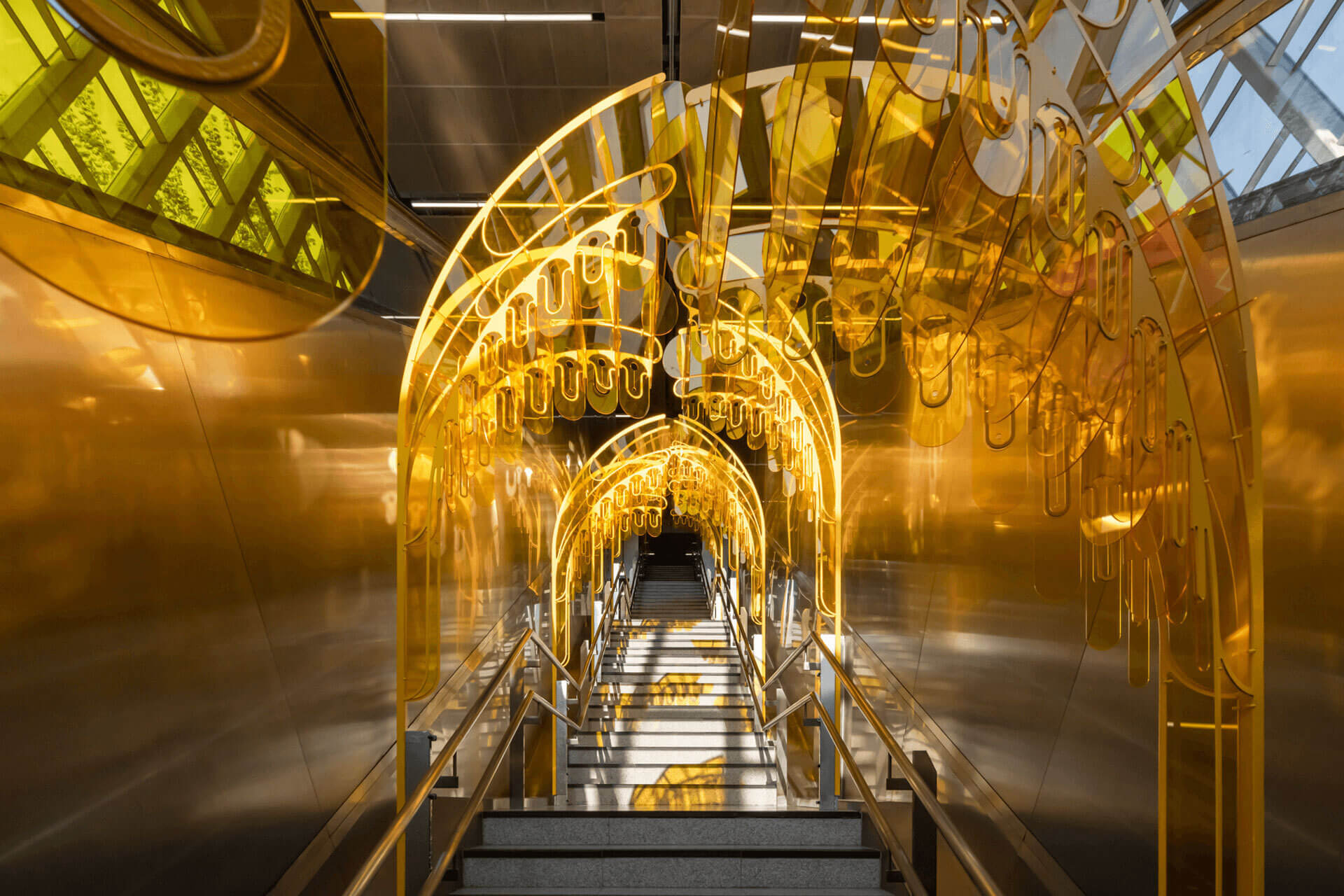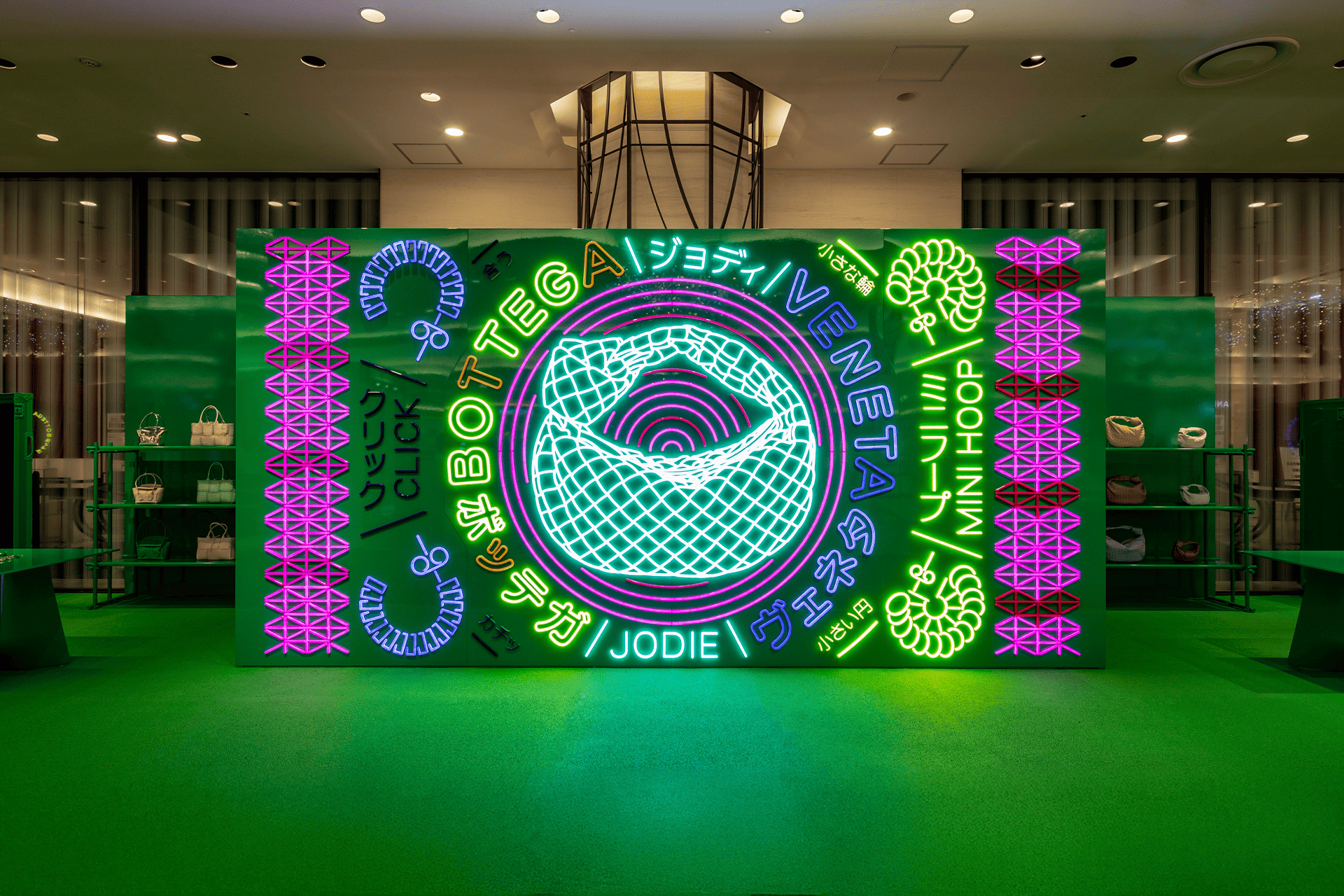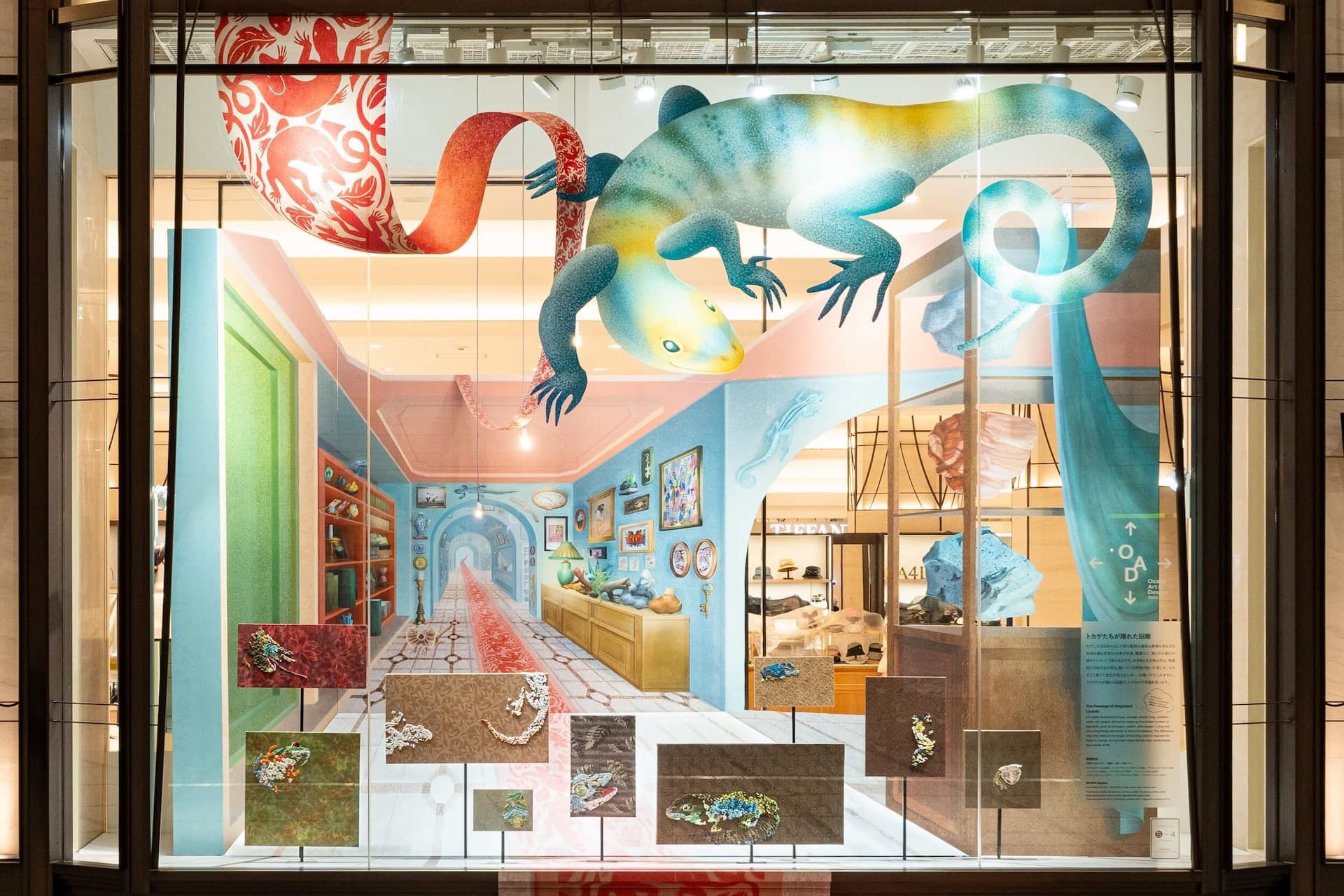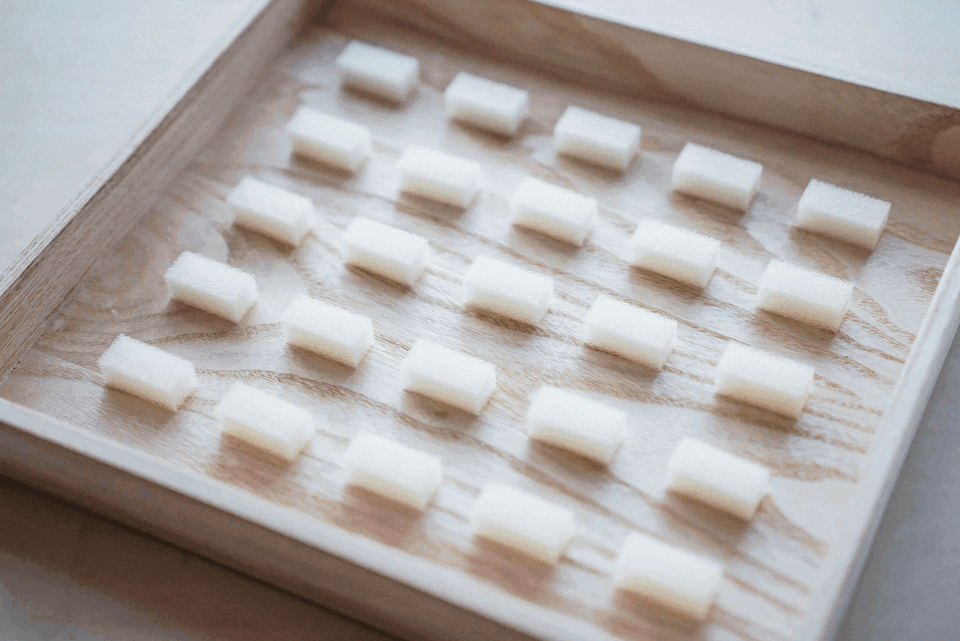"AWRD," a platform connecting creators and projects, has launched a new series titled “AWRD meets GLOBAL CREATORS” (#AMGC). Focusing on the theme of "New Sensibilities," the series highlights up-and-coming creators from around the world—designers, artists, and more—allowing readers to explore their creative processes and the unique cultures of their countries.
For the fifth installment, we feature Pamela Poh Sin Tan (referred to as Pamela), a multidisciplinary and interdisciplinary artist who creates works that span across various fields.
Based in Malaysia, Pamela presents works that fuse architecture and installations, exhibiting them in diverse spaces such as public areas and museums.
We had the opportunity to talk with Pamela, who creates art accessible to people in everyday life, about her creative activities and the inspirations behind her work.
The artwork "Sunny Side Up" at the Pasar Seni station in Kuala Lumpur, Malaysia, has gained significant attention. Could you share the concept behind this piece? (Additional note: If there’s any background, origin of the project, challenges, or sources of inspiration, we would love to hear about them.)
"Sunny Side Up" was designed to disrupt the mundane routine of commuting by introducing a moment of unexpected joy and beauty into the daily lives of commuters. Located at the MRT Pasar Seni station—an iconic and bustling transit hub in Kuala Lumpur—the installation transforms a typically overlooked staircase into a vibrant sunlit pathway.
The choice of yellow, a color associated with happiness and energy, was deliberate, serving as a striking contrast to the dull grey tones and harsh white lighting often found in the station. As someone who occasionally uses the station, I noticed that its environment often feels rushed, intense, and stressful, amplifying the pressure on commuters who are typically hurrying to work or returning home exhausted.
This installation not only aims to uplift the atmosphere but also encourages commuters to take the stairs instead of the escalator, offering a small yet meaningful gesture to break their routine and infuse positivity into their day.
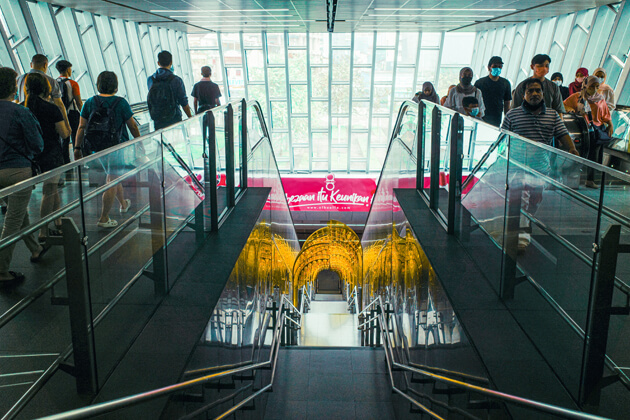
As a multidisciplinary and interdisciplinary artist working across various fields, could you explain your approach to bringing ideas to life? (Additional note: If possible, please share details on your specific creative process and any particular methods you employ when crossing boundaries between disciplines.)
My approach begins with curiosity and an exploration of compelling questions or subjects that resonate deeply. This evolves into scenarios or narratives that I translate into physical or spatial forms. The process is highly experimental and iterative, involving material exploration, prototyping, and collaborations with experts across disciplines. For example, the skeletal and lyrical structures in my work reflect an ongoing investigation into patterns and connections inspired by nature and architecture.
What are your thoughts on the fusion of architecture and art? How do you think these fields influence each other and reflect in your work?
I see architecture and art as inherently intertwined disciplines that shape how we experience spaces and narratives. Architecture offers structure and context, while art provides emotion and dialogue. This synergy allows me to explore designs that reveal the hidden, evoke movement, and connect deeply with viewers.
You’re based in Malaysia—do you feel that Malaysian culture is reflected in your work in any way?
Malaysian culture greatly influences my work. Its rich diversity, traditional crafts, and natural landscapes inspire my creative process. For example, my installations often draw on elements like Malaysian motifs or local narratives, such as the nostalgic beaded curtains in ‘ Memory Veil’ installation or the heritage alley at Chinatown reflected in ‘Endless Frames’ Installation for Mooncake festival. While art, architecture, and design are still developing fields here, this challenge has pushed me to embrace a transdisciplinary approach, reflecting Malaysia’s evolving cultural identity.
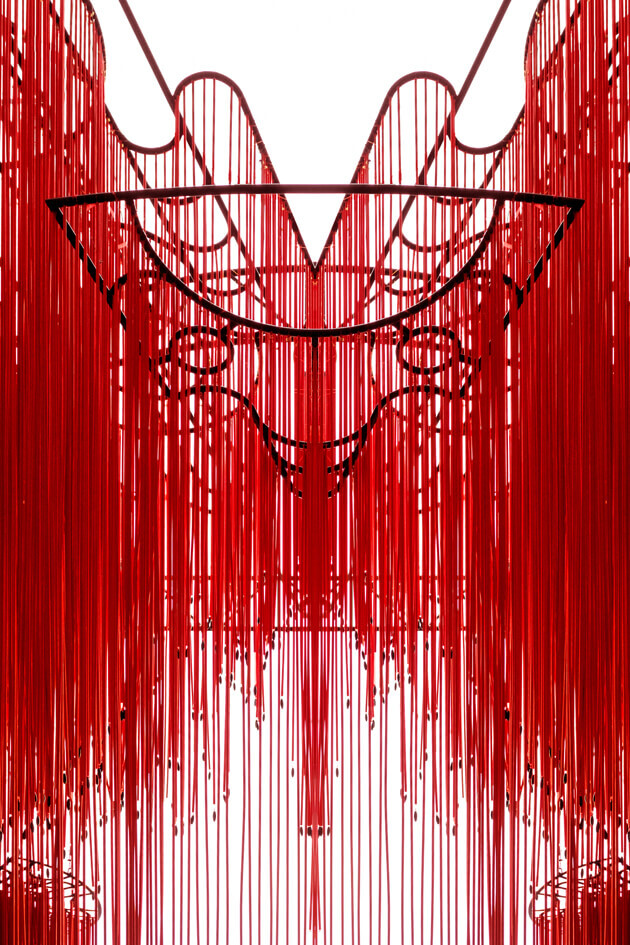
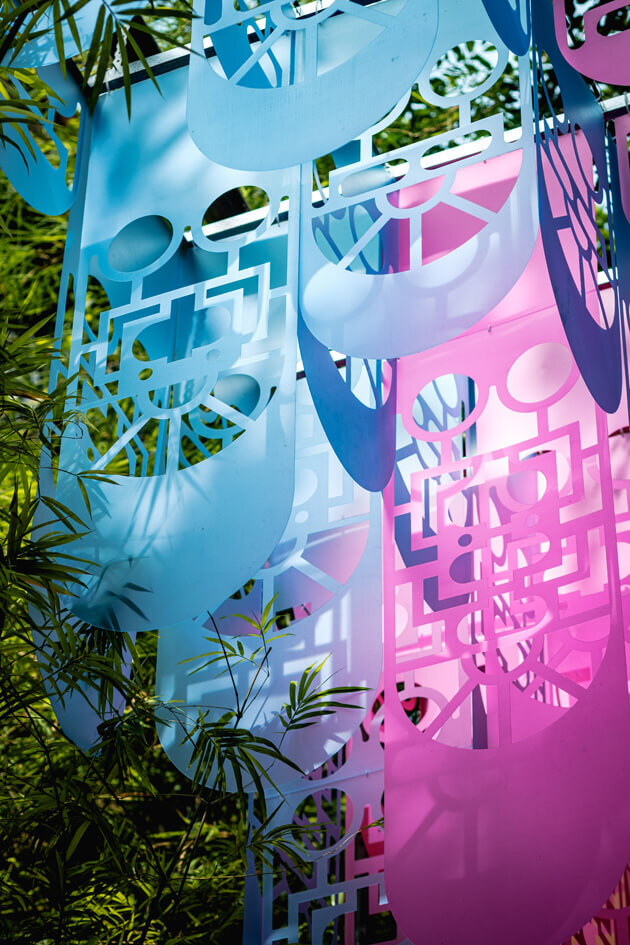
Could you recommend any inspiring spots in Malaysia that serve as creative inspiration for you?
I personally find immense inspiration in nature, so I often visit Bukit Kiara Hills for my daily nature walks. These serene environments not only help me reconnect with the natural world but also serve as a rich source of creative energy and ideas. The interplay of light, shadow, and textures in these landscapes often informs the organic and skeletal forms that I explore in my work.
One of my artworks was inspired by FRIM (Forest Research Institute Malaysia). For that piece, I drew from the unique qualities of the Dipterocarp tree seed, interpreting its form in the artwork. I also incorporated soil as a medium, emphasizing its vital role in the natural ecosystem and as a symbolic representation of life and growth.
What themes or challenges would you like to explore in the future? Could you share your vision for upcoming projects?
I am deeply interested in exploring themes such as animal architecture or space, sustainability, weather-responsive designs, mental health, and the interplay of light and space.
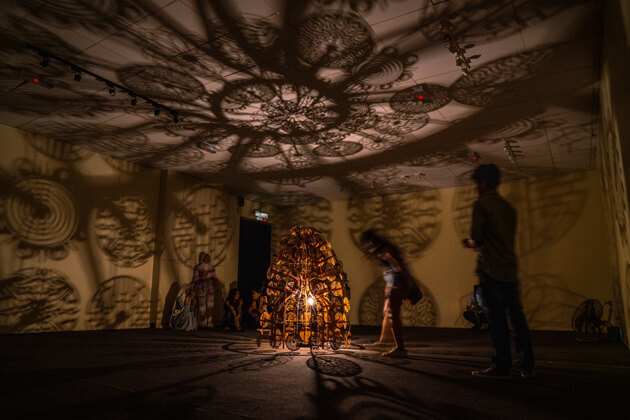
Could you provide any information on upcoming exhibitions?
My upcoming work integrates water elements and steel as the primary medium. This new piece will be located in Penang, Malaysia, and is deeply inspired by the rich local and heritage patterns of the region. It draws from traditional grill designs, intricate floor tiles, chinaware, and the vibrant Baba-Nyonya culture, alongside the influence of British colonial artistry in water fountain sculptures.
The piece will embody a totemic flower arrangement, reflecting an ikebana style that merges these cultural motifs into a cohesive and modern interpretation.
Profile:
Pamela Poh Sin Tan is a multidisciplinary and interdisciplinary artist - architectural designer who creates her artwork through explorations of art, architecture and design. Her work aims to blur the boundaries between creative disciplines invoking ambiguity in her art. Through her craft, she seeks the subtle unseen and intends to unveil the unknown delights in various scales. She aspires to create pieces that embody layers of spatial and experiential narratives.
Pamela Poh Sin Tan obtained her Masters in Architecture RIBA Part 2 (MArch) from the University of Greenwich, UK. Her first year MArch studio project entitled “Mappa Mundi: A Map Maker’s Dream” was selected to be exhibited in London’s The Royal Academy of Arts’ Summer Exhibition 2015. She is the winner of the fifth and final cycle of the Tan Sri Chan Sau Lai Architecture Award in 2016. Recently, two of her projects, “Eden” and “Projection Kite”, won the Bronze and Merit awards respectively in the Design for Asia Award 2020 under the category of Environmental Design and, on 2021, “Eden” won best of the best for German Design Council- Iconic Award.
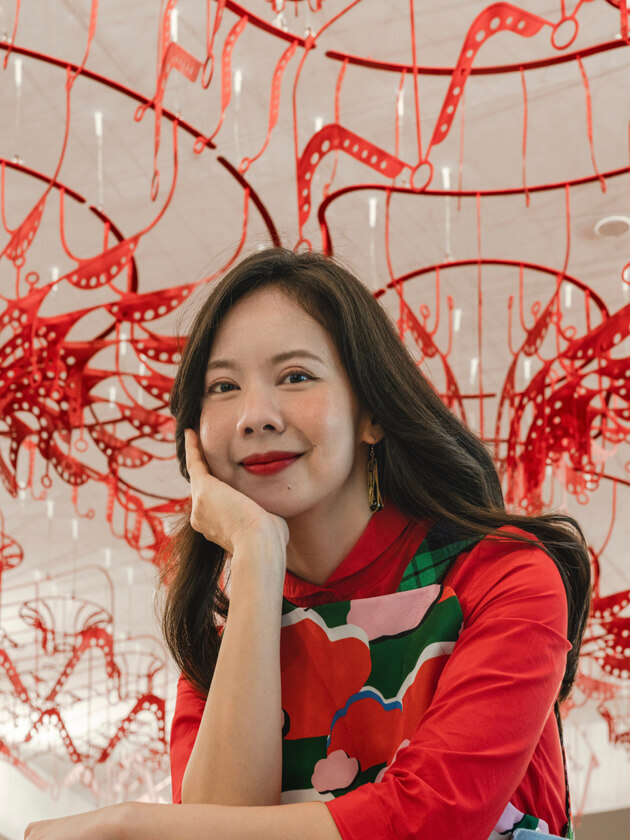
Pamela Tan
Links
Website:https://www.pohsinstudio.com/
Instagram:https://www.instagram.com/pohsin_studio/
Edited by AWRD Editorial Team
